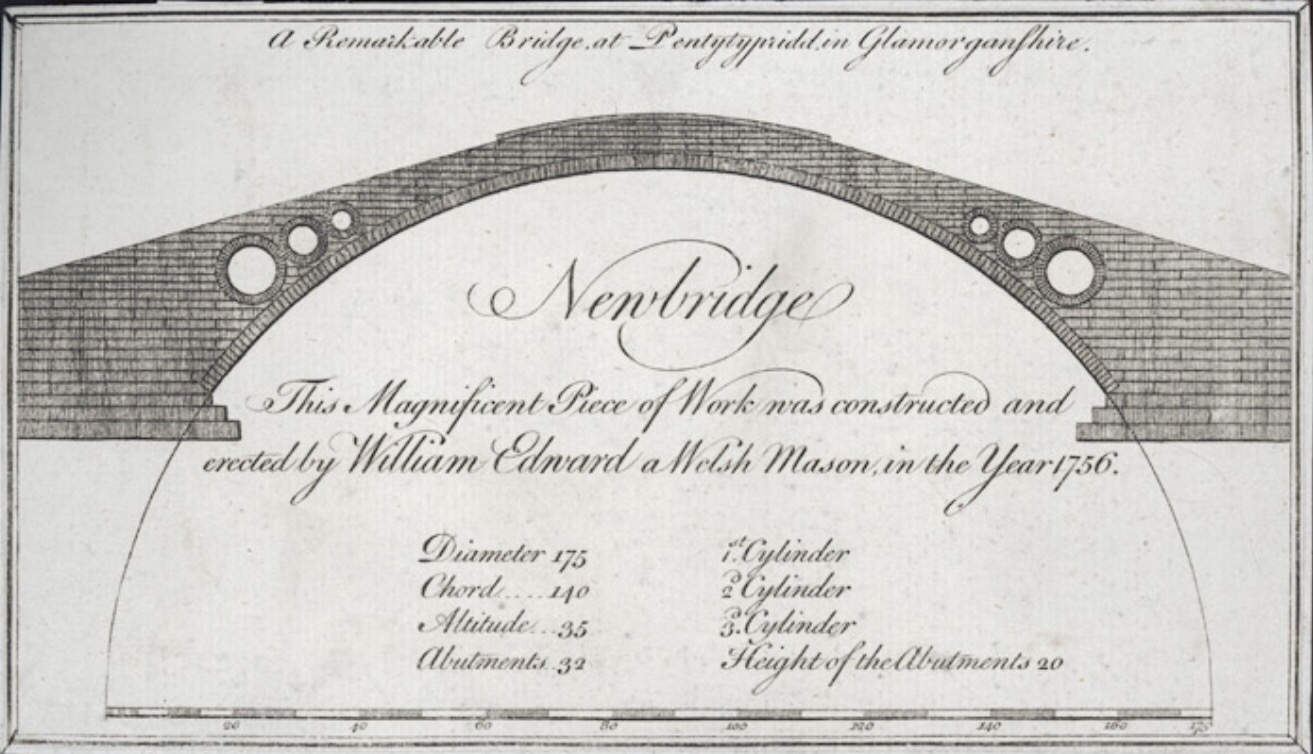
Suspend reality and imagine this strange situation…
- Boss: “The staff here are a huge problem. They just don’t get my latest initiative, what’s wrong with them?”
- Smithers: “Ah yes Sir. The words in your manifesto document are so beautifully crafted, truly inspirational, and it’s printed on the finest paper”
- Boss: “Well here’s something that might work. I’ve heard that some organisations are drawing pictures… to dumb things down … so the staff get it”
- Smithers: “errrr… perhaps you mean graphical representation Sir? A picture is drawn so that the message can be understood and communicated at many levels, in a high impact way?”
- Boss: “Yes that’s the sort of thing. Right, I want you to knock up an oil painting or watercolour of my fantastic ideas. Then they will understand and I shall achieve true greatness. Make it happen Smithers!”
This (obviously) is a bit of a parody of a real life situation I heard about. Those involved represent a kind of staff engagement ‘anti-matter’. They were struggling to justify yet another failed initiative and ended up blaming the staff for their lack of cognitive ability. The failure (in their eyes) was on the part of the ‘dumb’ employees, to understand and implement the clever ideas that were being thrust upon them. The ‘draw a picture’ discussion was actually just a diversion to avoid confronting the real problem, a lack of engagement with staff around the ‘clever new initiative’.
This is a great shame as there are genuine benefits in using diagrams, pictures and graphics to communicate messages, understand ideas and generally make sense of the complexities of organisational life.
A good example the approach I’ve seen is archetype extraction used by Cognitive Edge. This is a process where common understandings will emerge out of discussions, workshops, focus groups or other social interactions. A cartoonist / graphic facilitator will capture these common understandings and present them as a cultural archetype. These archetypes are a physical picture of how a community views things; common behaviours, social conventions, rituals and beliefs, common language, role models, “the way things happen around here”, etc (archetypes). According to Cognitive Edge; “Archetypes can then be used in various initiatives such as branding, communications or strategy. Archetypes that are extracted from the anecdotes told naturally in a community resonate: they have bite.” Have a look at their website for more details.
Another good example I’ve seen of using pictures and cartoons is by Delta7. The graphic I have included in this post (you are engaged!) is one of many examples on their website. In a similar vein to the Cognitive Edge archetypes the example I’ve included here does look like a bit of an extreme version of what happens in organisations, or perhaps not? A bit like mentioned above, ‘it has bite’ and could be perceived as a bit uncomfortable for some people. It’s well worth having a look at the Delta7 website gallery for a few more examples of the pictures and archetypes they have created, I bet you will see a situation you recognise.
Coming back to the Boss and Smithers mentioned earlier. I don’t think these are the sort of pictures the Boss had in mind. It’s a case of being careful what you wish for. If all you want are simple graphical illustrations, that’s fine but you do run a huge risk of patronising people and seriously disengaging them by ‘dumbing’ things down. If you go for something that digs a bit deeper and actually engages people (which I think you should), be prepared to live with the results. The pictures might actually have ‘bite’ and tell you how things actually do happen around here, possibly not what you imagined or wished for.
So, what’s the PONT?
1. Pictures, graphics and diagrams are a really effective way of communicating complicated messages, ideas or making sense of situations.
2. They are also a good way of engaging staff, particularly if they are involved in creating the image as something that is commonly understood in the organisation, an archetype.
3. Bosses be careful what you wish for here, some egos may not withstand the archetypes created, they can ‘bite’.
Picture source: http://www.delta7.com/you-are-engaged/
http://www.delta7.com/walking-the-talk/ another great one from Delta7.


Leave a reply to Top 10 Internet Links of the Week 27th April 2012 | Cancel reply